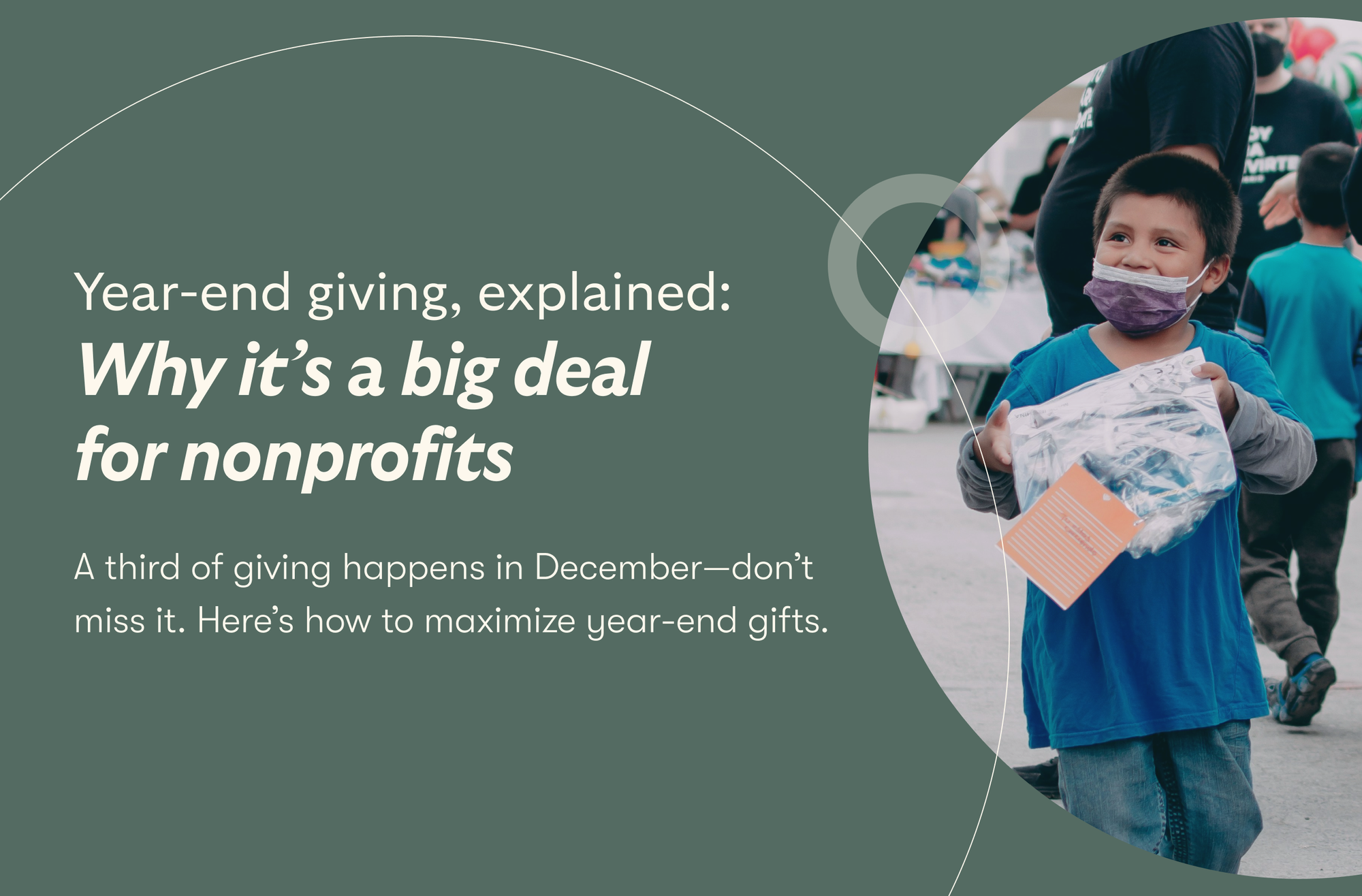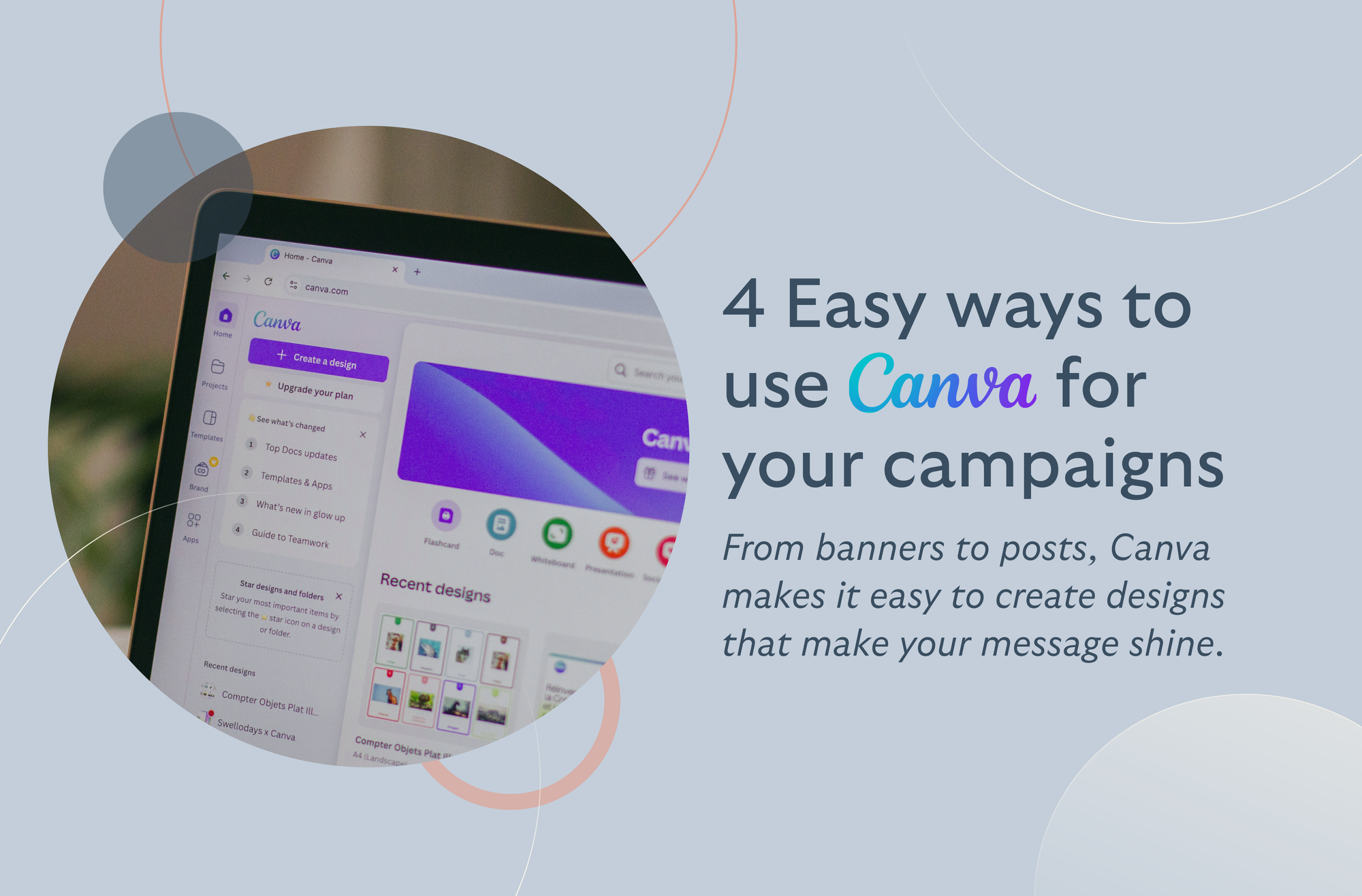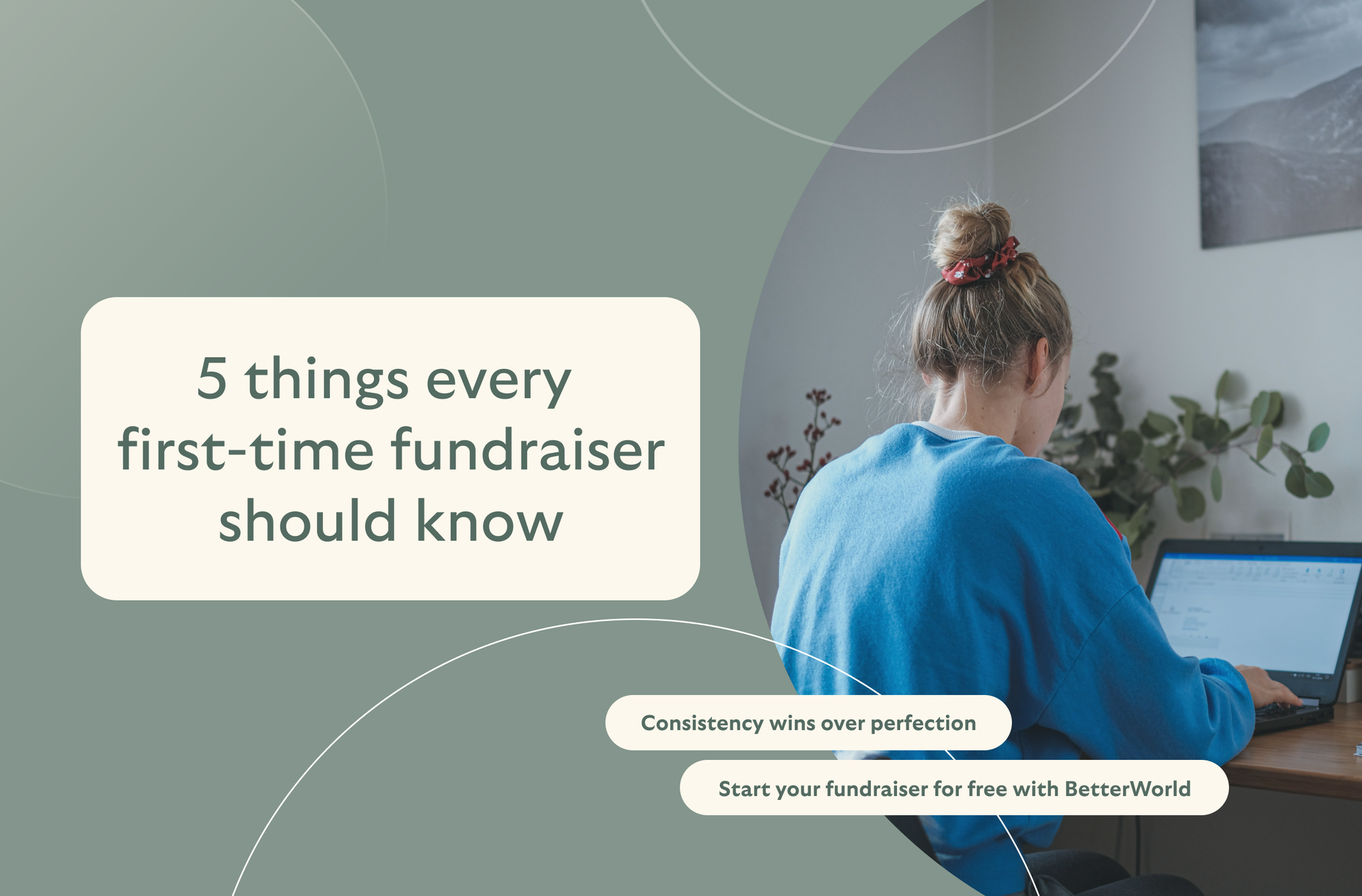Video Integration — boost the buzz around your online fundraising campaign
Time-saving – thoughtful automations save dozens of hours over your campaign
One-Click Checkout — our system will automatically charge the lucky winner
Text Message Notifications — keep your bidders engaged with text message notifications
How To Write a Perfect Grant Proposal In 8 Steps
By Colin Hunter

Securing funding for your projects is important for many organizations, and writing a grant proposal is often a key part of that process. However, writing a strong grant proposal can be challenging. It can make the difference between getting the funds you need and missing out on valuable opportunities.
This guide will show you how to write a perfect grant proposal in 8 easy steps. We'll take you through the process, offering practical tips and insights to help you create a clear and compelling proposal.
What Is a Grant Proposal?
A grant proposal is a formal request for financial support, typically directed to organizations that grant funds, like governments, corporations, or foundations.
It's structured to clearly explain the need for funding and how it will be used to achieve specific outcomes. The request outlines your project's scope, goals, and plans to convince the funder that your initiative is worthy of support.
Types of Grants
- Foundation Grants: These are issued by both private and public foundations and charities.
- Corporate Grants: Businesses and corporations provide these grants to promote social responsibility and increase community involvement.
- Federal Government Grants: These grants are provided by government bodies at the national level.
- State Government Grants: Similar to federal grants, these are distributed by state governments and usually focus on projects that benefit residents within the state.
- Local City Government Grants: These are smaller grants that address local community needs and are distributed by city or local government bodies.
Should I Apply For a Grant?
Deciding whether to apply for a grant should involve a few considerations.
First, assess whether your project's goals match the grant's objectives. It's crucial to ensure that your mission and the potential grant's purpose are compatible.
You should also consider the potential impact of your project, your organization's capacity to complete the project within the grant's terms, and the likelihood of sustaining the project after the grant period ends.
Remember, applying for grants is competitive and requires a significant effort to prepare a compelling proposal that gets noticed.
A Simple Guide To Write a Grant Proposal
Step1: Start with a Cover Letter
The cover letter is your first chance to make a good impression. It should be concise, on a formal header, typically no more than one page, and must include key elements to catch the funder's attention.
Start by clearly stating your name, the name of your organization, and your contact information at the top of the letter. Make sure this information is accurate to avoid any confusion.
If possible, address the cover letter to a specific person. Use a formal salutation like "Dear Mr./Mrs." followed by their name to personalize the communication.
Quickly explain what your organization does. Clearly state the purpose of your request in the first few sentences. Describe your project and why it aligns with the funder’s goals.
Specify the amount of funding you are requesting and briefly overview how it will be used.
End with a statement that invites further communication, such as a request for a meeting or a site visit, and express your anticipation for discussing the project in more detail.
Tips
- While it's important to be professional, avoid overly stiff language that might come across as insincere or robotic.
- Use clear language. Assume the reader is not familiar with your field and avoid using specialized terminology without explanation.
- Personalize your cover letter to each funder. Generic cover letters are easy to spot and can suggest a lack of effort or genuine interest.
Step 2: Add Executive Summary
A cover letter and an executive summary serve different purposes in a grant proposal. The cover letter is your chance to make a personal introduction, express your interest, and briefly mention what the grant will support. It's personalized and addresses the funder directly.
On the other hand, the executive summary provides a comprehensive overview of your project. It details the problem, your solution, and the outcomes you anticipate.
Begin with a compelling statement or statistic that highlights the urgency or importance of your project. Grab the reader's attention and set the stage for the details that follow.
Clearly define the issue your project addresses. Be specific about how this problem affects your community or field and why it needs immediate attention.
Briefly describe your proposed solution. Explain how it addresses the problem and why it is effective. Include any innovative aspects of your approach that make your project stand out.
Detail the positive changes or results your project aims to achieve. Be specific about how these outcomes will benefit the target community or field.
End with a summary of the overall impact of the project. Emphasize how the expected outcomes will advance broader goals or align with the funder's mission.
Tips
- Provide specific information about the problem and your solution. General statements are less compelling and can make your proposal seem unfocused.
- While it's important to be thorough, the executive summary should not discuss every aspect of your project. Leave the finer details for the main body of the proposal.
- Ensure the summary is logical and flows smoothly from one section to the next. It should be easy to follow and build a strong case for your project.
Let us help you raise more! Use BetterWorld’s free, easy fundraising tools!
Step 3: State the Need (Problem Statement)
Writing a strong problem statement is the key to capturing the essence of what your project intends to address.
Start by clearly identifying the specific issue your project will tackle. It should be relevant and significant enough to justify the need for funding. For example, rather than broadly addressing "education," focus on a specific issue like "reducing dropout rates among high school students in underserved communities."
Next, provide context by describing the circumstances that have led to or exacerbated the problem. Include data and evidence to support the existence and impact of the problem, making it relatable and urgent.
Detail who is affected by the problem and how, and discuss the consequences of not addressing the issue.
Propose a brief outline of your potential solution, indicating how it addresses the problem. Show that your project is not only about identifying issues but also about providing feasible solutions.
Finally, describe the impact of the problem and the positive change your project aims to achieve. This part of the statement should match the funder's objectives.
Tips
- Data or credible sources should back every statement about the problem's significance.
- Customize the problem statement to align with the funder’s interests and show how your project supports their goals.
- Focus on a specific issue rather than trying to tackle a problem that is too wide or multifaceted for the scope of a single project.
Step 4: Describe Clear Goals and Objectives
Make sure that your goals and objectives are SMART: Specific, Measurable, Achievable, Relevant, and Time-bound.
- Specific: Clearly define what you aim to achieve. Instead of a broad goal like "improve health," specify what aspect of health you intend to improve and in which population or community.
- Measurable: Ensure that your objectives can be quantified or have clear indicators of success. For example, instead of just aiming to "increase participation," state a specific number or percentage by which participation will increase.
- Achievable: Set objectives that are realistic and attainable within the project's timeframe and with the available resources.
- Relevant: Align your goals and objectives with both the needs identified in your problem statement and the funder’s priorities to demonstrate the impact and necessity of your project.
- Time-bound: Include specific deadlines or time frames for achieving your objectives to provide a clear timeline for project implementation and evaluation.
Tips
- Avoid generalities that make your objectives difficult to understand or measure. Be precise about what you are aiming to achieve.
- While ambition is good, setting unrealistic goals can undermine the credibility of your proposal.
- Failing to specify when each objective will be achieved can leave your proposal looking under-planned.
Step 5: Provide a Realistic Budget
Creating a realistic budget for your grant proposal is important to demonstrate your organization's financial planning and accountability.
Begin by thoroughly understanding what the funder requires in a budget proposal. Includes the format, categories, and specific financial details they want to see.
Break down your costs into clear, defined categories such as salaries, equipment, supplies, and overheads. Be specific about each item and ensure that all costs are justified within the context of the project. T
Make sure to include both direct costs (specific to the project) and indirect costs (general organizational overheads). Some funders allow a percentage of the total budget to cover indirect costs, but your proposal should clarify and justify this.
Use detailed, current market rates for items and services you plan to procure. Avoid approximations. Instead, use quotes and estimates from vendors to substantiate your figures.
Ensure your budget reflects and supports the narrative of your proposal.
Tips
- Ensure all costs are realistic and account for potential variations in market rates.
- Each budget item should be specific and clearly linked to project activities.
- Consider all aspects of project implementation, including less obvious costs like maintenance or unexpected contingencies.
Step 6: Mention Evaluation Strategy
Evaluation strategy is another key part of your grant proposal. It's essential to include both formative (process) and summative (outcome) evaluations to assess the effectiveness of your project comprehensively.
- Formative Evaluation: This ongoing evaluation helps monitor the project’s progress toward achieving its objectives. It allows for adjustments and improvements in real-time, ensuring the project stays on track.
- Summative Evaluation: Conducted at the end of the project, this evaluation assesses the overall impact and outcomes against the initial goals. It is crucial for demonstrating the project's success and value to funders.
Define what you will measure and how. Make sure these metrics connect with your project’s goals. Specify whether the focus is on direct outputs (e.g., number of people served) or broader impacts (e.g., long-term community changes).
Outline the methods for gathering and analyzing data. Decide on the tools and techniques you will use, such as statistical software for quantitative data or content analysis for qualitative data.
Describe how the results of the evaluations will be reported and used. Include plans for internal use, such as improving the program, and external use, such as sharing successes and lessons learned with the community and stakeholders.
Tips
- Clearly specify what will be measured and how.
- Engage those affected by or interested in the project in the evaluation process.
- Be open to adjusting your evaluation methods as the project evolves.
- Ensure your evaluation methods respect participants' rights and privacy.
Step 7: Share Strategies To Ensure Sustainability
The next step is to show funders that your project has the capacity to endure beyond the initial funding period. Funders are increasingly interested in projects that address immediate needs and demonstrate long-term viability and impact.
To ensure ongoing support, plan to diversify your funding streams. Plan to secure future grants, establish partnerships with businesses for corporate sponsorships, and initiate community fundraising efforts.
Include a detailed projection of ongoing costs for at least five years. Cover daily operations, maintenance, potential growth, and even decommissioning if applicable. Include inflation factors, the need for specialist skills, and ongoing training to maintain project efficacy and relevance over time.
Explain how the project will be managed in the long term. This includes establishing robust management practices, securing essential resources, and potentially increasing your organizational capacity to handle expanded operations or services as the project grows.
Tips
- Avoid overly optimistic projections that may not be realistic or achievable.
- Avoid vague statements. Be specific about how sustainability will be achieved.
- Do not ignore potential risks or challenges that could impact long-term sustainability.
Step 8: Final Review and Submission
- Ensure that every section of your proposal meets the specific requirements set by the funder, including format, content, and length.
- Double-check your budget calculations for accuracy and ensure they align with the project narrative. Include all required documentation and justification for the funds requested.
- Read through the entire proposal to make sure it is clear and logical. Look for any sections that might be confusing or ambiguous and clarify them.
- Perform a thorough spell check and grammar review. It can be helpful to have another person review the proposal as well to catch any errors you might have missed.
- Confirm that all necessary compliance forms are included and that every required section is complete. This might include conflict of interest forms, human subjects protections, and other regulatory documents.
Tips on Submitting the Proposal and Following Up with Funders
- Follow the funder's specified process for submission, which may include online submissions through portals like Grants.gov or other digital platforms. Make sure all electronic forms are filled out completely and accurately.
- After submitting, ensure you receive an acknowledgment receipt from the funder. If the submission is through an online system, you might receive an automatic notification.
- After submission, keep track of the review timelines and be proactive in responding to any requests from the funder for additional information or clarifications.
- Whether your proposal is accepted or rejected, request feedback from the funder. It can be invaluable for improving future proposals and understanding the funder's priorities.
- Keep a copy of the submitted proposal and all correspondence with the funder for your records. This documentation will be helpful for future applications and may be required for institutional or compliance reasons.

Join 105,000+ amazing nonprofits, organizations, and fundraisers on BetterWorld

Let our FREE fundraising tools help you raise more funds with less effort








